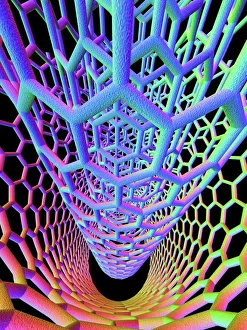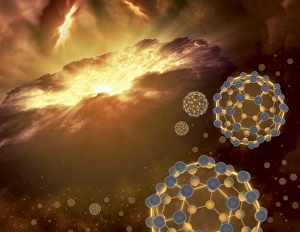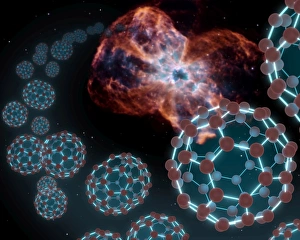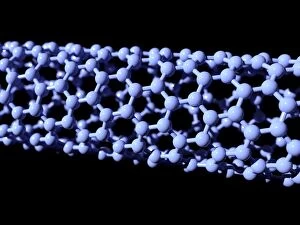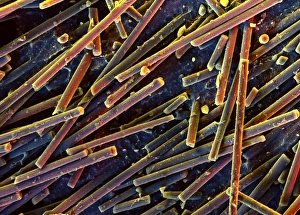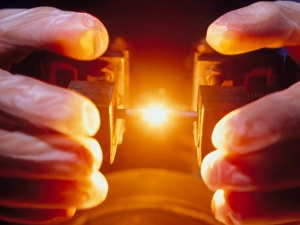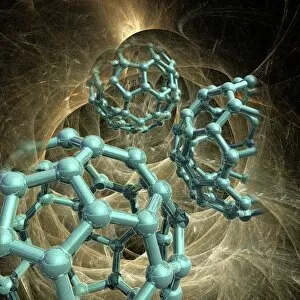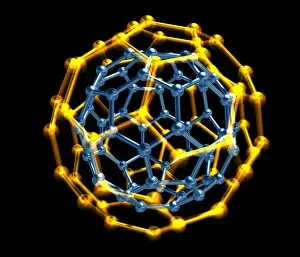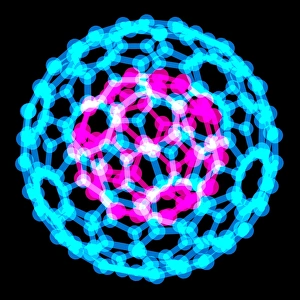Fullerenes Collection
Fullerenes, also known as buckyballs or carbon nanotubes, are fascinating structures that have revolutionized the field of nanotube technology
All Professionally Made to Order for Quick Shipping
Fullerenes, also known as buckyballs or carbon nanotubes, are fascinating structures that have revolutionized the field of nanotube technology. These tiny carbon balls and tubes have captured the imagination of scientists and artists alike. In the depths of interstellar space, near a region where new stars are being born, buckyballs float freely. This mesmerizing sight is like something out of a science fiction movie - these spherical wonders drifting through the cosmos. An artist's concept depicts an awe-inspiring scene: carbon balls ejecting from a dying white star in a planetary nebula. It showcases the incredible beauty and complexity found within fullerenes. Carbon nanotubes, represented in artwork C016/8270, C016/8269, and C016/8271, showcase their intricate structure. These microscopic cylinders hold immense potential for various applications due to their exceptional strength and conductivity. Another image reveals carbon nanotubes embedded in a POM matrix (SEM C016/8042). This combination highlights how they are be incorporated into different materials to enhance their properties. The versatility extends beyond structural applications. A nano bearing (artwork C013/9992) demonstrates how these remarkable structures can function as components in mechanical systems such as universal joints or molecular bearings. The synthesis process for Buckyballs (C60), shown with arcing electrodes, unveils one method by which these unique molecules can be created artificially. Scientists continue to explore innovative ways to produce fullerene compounds efficiently. With its computer model representation, a universal joint exemplifies how fullerenes contribute to advancements in engineering design. Their exceptional properties make them ideal candidates for creating durable and efficient mechanisms at the molecular level. Molecular bearings further emphasize the significance in enabling precise rotational motion on an incredibly small scale. These miniature marvels pave the way for future breakthroughs in fields such as nanotechnology and materials science.

